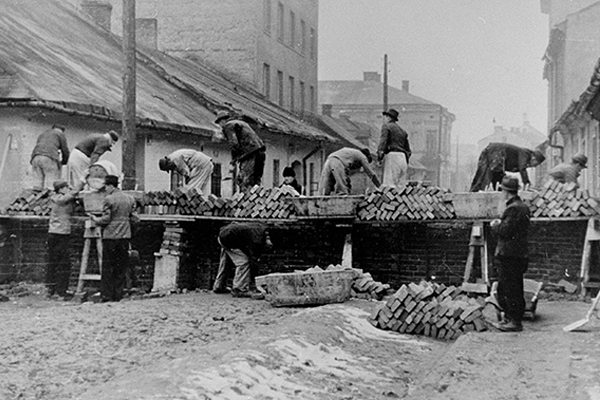
Forced laborers constructing the wall around the Kraków ghetto, 1941. US Holocaust Memorial Museum, courtesy of Instytut Pamieci Narodowej
2021 Ina Levine Annual Lecture
7 p.m. ET | 4 p.m. PT
Forced into a ghetto during the Nazi occupation, Kraków’s Jewish residents lived in overcrowded buildings, isolated from the rest of the city by fences and a wall. They endured forced labor and were deprived of basic needs like food and sanitation. By contrast, the Nazi perpetrators dominated the rest of the city, benefiting from their power, privilege, and exploitation of Jews. What was their aim?
Learn how digital maps and models, combined with a Holocaust survivor’s diary and other traditional primary sources, expand what is known about the overlap in victims’ experiences and perpetrators’ plans.
Opening remarks
Dr. Elizabeth Anthony, Director, Visiting Scholar Programs, Jack, Joseph and Morton Mandel Center for Advanced Holocaust Studies
Speaker
Dr. Paul B. Jaskot, Ina Levine Invitational Scholar, United States Holocaust Memorial Museum, and Professor of Art, Art History & Visual Studies, Duke University
Moderator
Dr. Lisa Leff, Director, Jack, Joseph and Morton Mandel Center for Advanced Holocaust Studies
Register to receive a link to view the program.
This program is free and open to the public, but registration is required.
For more information, please contact calendar@ushmm.org.
The Ina Levine Invitational Scholar Award is endowed by the William S. and Ina Levine Foundation of Phoenix, Arizona.
